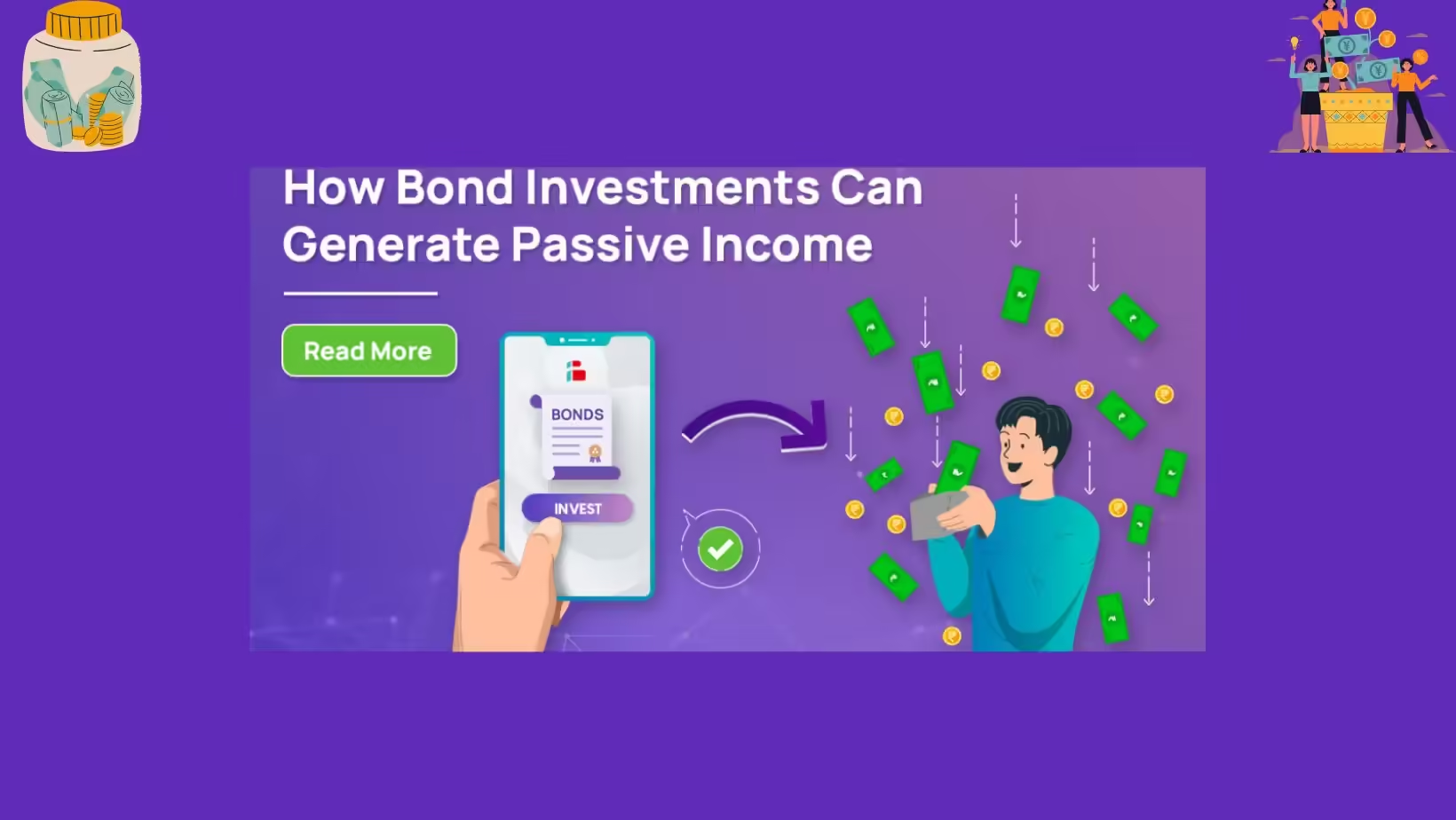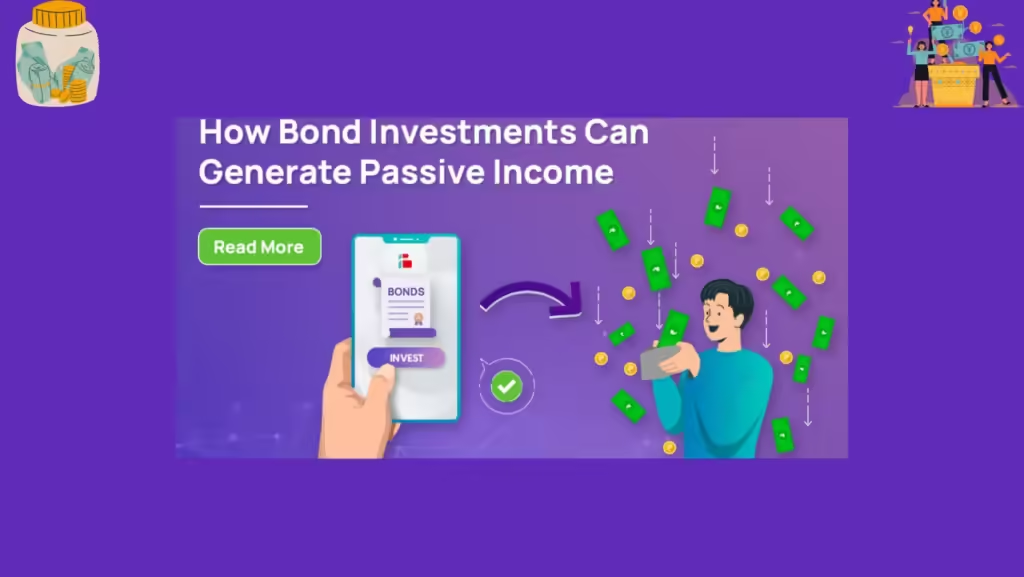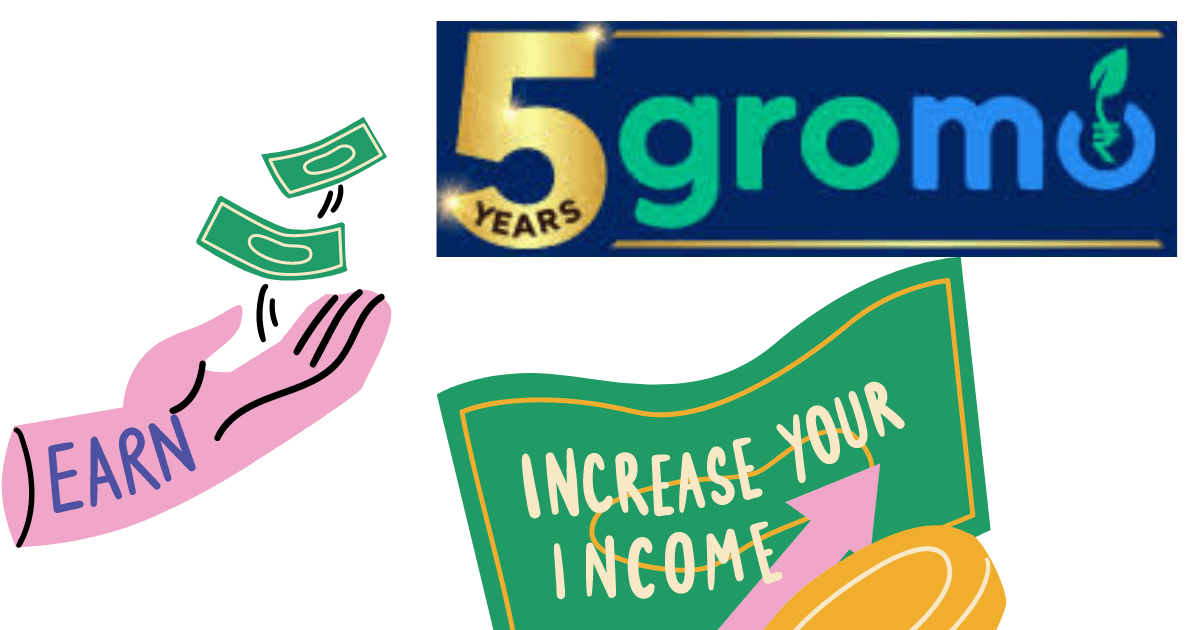Introduction
In the last posts, we looked at the idea of Generate Passive Income concepts and figured out the reasons why bonds are the perfect asset class for passive income. We’ll now look into the way bonds are the most effective instrument to generate passive income.
For those who aren’t familiar, bonds are a type of fixed-income security that function essentially as loans. Therefore, if you see statements such as “ONGC issues bonds of Rs 1000 Crores,” it simply indicates that ONGC is looking to raise Rs. Crores by way of a public offering of bonds. In essence bonds function as an instrument to raise money that can be used for research and development, or expansion operations. When a business issues bonds for a certain time period, it is obligated to pay interest on the loan amount also known as coupon.
The interest is fixed and paid out each year or every two years, depending on the rules and regulations. The principal or amount borrowed is return to the borrower upon expiration or after the time period. Quite straightforward, isn’t it!
Passive income is defined as earnings which require little effort or effort to sustain. As opposed to active income that is derived from directly participating in a work or business the passive income stream comes in with minimal or no effort. The most common types of income that are passive are rental revenue, investments or royalties. When you connect the dots, it is possible to understand why bonds are the ultimate example in passive revenue. Let’s go deeper by examining the three possible scenarios below:
Scenario 1: Generate Passive Income
Shreya is a 31-year-old chartered accountant by trade and a loving wife of two children, was at a crossroads in her life. With two options to choose from that she could choose to continue her career of 11 years at her company and work toward becoming a partner or go after her lifelong goal of opening her own cafe, a dream she’d been pursuing since the time she was a child. Although she had a strong foundation for her business project, Shreya hesitated to take the plunge due to the significance of this decision in her current circumstances.
To increase her financial security she opted to put her money into a high-yield bond offered by a new Micro Finance Institution (MFI) with a rate of 11 percent p.a. return. The stable, fixed, and regular interest functioned as a significant source of income, supplying Shreya with the necessary confidence to pursue her entrepreneurial goals without worrying about the.
Scenario 2: Generate Passive Income
Oscar is a 45-year old data scientist employed for a start-up in Bangalore He was also a financial lover who had built an extensive portfolio over the years. Everything was fine. But according to the saying, it happens at the time you most likely don’t. The company he worked for was forced to close because of the recession. Although he was a little dissatisfied, it didn’t affect his optimism. He was quick to act. From the savings which he built up through time, he put large sums of cash of it into a AAA-rated PSU bond, which yields an 8percent p.a. return.
The greatest part was the fact that it was an AAA-rated bond with an inflation-adjusted. Because it was an PSU bond and was guaranteed by the safety of the state. This approach was a great way to help Oscar gain a source of steady income via coupon payments, which covered his expenses for a time until he could find a new employment possibility in this uncertain time.
Scenario 3: Generate Passive Income
Subhash, who is a 55-year-old Army veteran, who is nearing retirement was caught in a dilemma when he had a conversation with his daughter in order to talk about his financial situation post retirement. Subhash realized that his monthly income wouldn’t provide enough for his needs in the coming years. As per his daughter’s advice Subhash made the decision to invest some of his retirement savings into Indian Government Securities, more generally referred to G-Secs.
One of the most notable aspects was that, since that the economy was in the height of the cycle of interest rates Subhash reaped a respectable yield of over 7 percent. In addition, the use of his retirement savings in G-Secs that inherently come with a sovereign guarantee made it a safe investment. Contrary to Fixed Deposits (FDs) they had no penalties for early withdrawal. A combination of fixed rate payments as well as his monthly pension provided Subhash to take advantage of his retirement.
Conclusion
In this investigation of the ways that bond investments generate the passive revenue, we’ve discovered the crucial role that bonds can play in ensuring a steady and steady stream of income. In India 62 percent of Gen Z people and 51 percent of Indian millennials work as part-time jobs or earn an income that is passive, as indicated in the Deloitte Global 2022 Gen Z and Millennial Survey.
Bonds, which are fixed-income investments, can be used not just as a way to help companies raise money but also serve as a safe option to earn passive income for people. Fixed interest payments together with the potential for a return of principal upon maturity makes bonds an ideal choice for those who want to diversify their sources of income and reach financial goals.
Through analyzing real-world scenarios we’ve observed how people such as Shreya, Oscar and Subhash wisely utilized bonds to deal with the uncertainties of life, whether it’s seeking out entrepreneurial opportunities and overcoming unexpected job losses or planning a stress-free retirement. Bonds, due to their stability with predictable yields, have emerged as the cornerstone of the world of passive income investment. The journey into the world of bond investments to earn passive income has exposed the wealth of opportunities in finance that can provide a solid foundation for financial security and empowering.
FAQs
Q. How can bond investments generate passive income?
A. Passive income from bonds is derived from the fixed-coupon payments. When you buy bonds, the lender is committed to pay you a regular amount of interest, referred to as a coupon over the specified time. This steady stream of income provides a stable as well as passive source of income that allows investors to earn steady returns with no active involvement. The nature of fixed coupon payments ensures financial security, which makes bonds a good choice for those looking for dependable regular income.
Q. Do bonds provide monthly income?
A. The frequency of bond payments vary; some bonds pay monthly payments, whereas others offer semi-annual, quarterly or even annual payouts. In the end, the schedule of payouts is based on the rules stipulated by the issuer of the bond.
Q. Does anyone have the ability to invest in bonds to earn income that is passive or is it restricted to certain demographics?
A. Bonds are available to an array of investors, ranging from those looking to diversify their sources of income, to professionals who are navigating different life phases. The flexibility of bonds is why they are suitable for anyone looking to create a robust and diversified portfolio of financial assets.
Q. What are the effects of the impact of credit ratings and interest rates affect the return on bonds?
A. Credit ratings and interest rates are significant factors in the return on bonds. A higher interest rate generally results in higher yields. Likewise, credit ratings reflect the creditworthiness of the issuer. Investors need to consider these factors when choosing bonds that are in line with their financial objectives and their risk tolerance.
Disclaimer Note: Investments in municipal debt securities/securitised debt instruments can be a risk, which include delay or the inability to pay. Check all offer documents thoroughly.




















